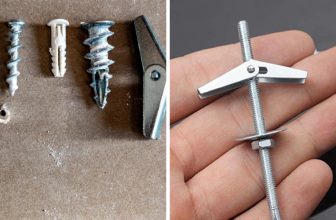How to Stop Condensation on Ceiling
Condensation occurs when warm air comes into contact with a colder surface, causing the moisture in the air to turn into water droplets. This can lead to problems such as mold, mildew, and even structural damage on your ceiling. Not only is this unsightly, but it can also pose health risks for you and your family. Therefore, it is important to know how to stop condensation on your ceiling.
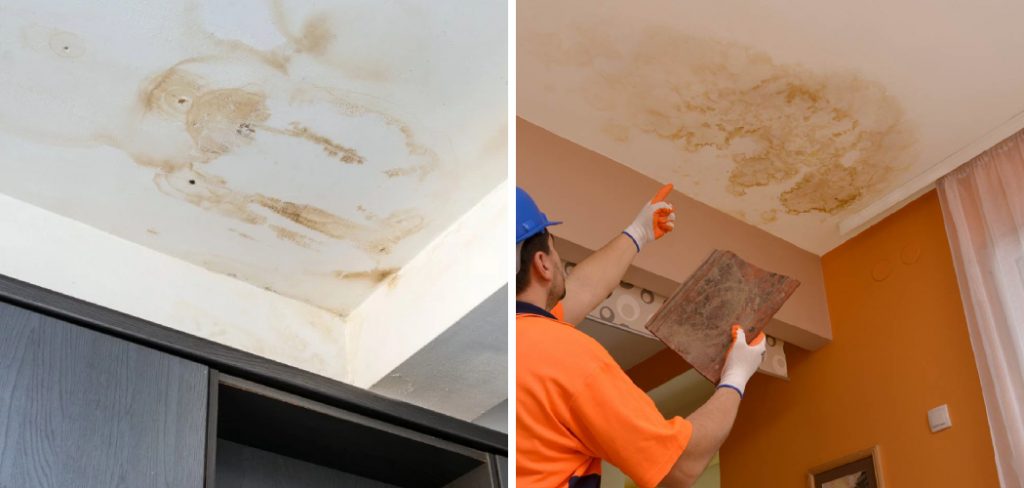
The main advantage of knowing how to stop condensation on your ceiling is that it helps prevent moisture-related issues. This includes the growth of mold and mildew, which can cause health problems such as allergies and respiratory issues. It also helps protect your ceiling from damage, saving you money on repairs in the long run. In this blog post, You will learn in detail how to stop condensation on ceiling.
Step by Step Processes for How to Stop Condensation on Ceiling
Step 1: Inspect the Ceiling
The first and foremost step towards stopping condensation on the ceiling is to inspect it thoroughly. Check for any signs of moisture or mold growth, which are usually caused by condensation. Make sure there are no leaks, cracks, or holes in the ceiling that could be contributing to the problem.
Step 2: Identify the Source of Moisture
Once you have inspected the ceiling, the next step is to identify the source of moisture. In most cases, condensation on the ceiling is due to excess humidity in the air. This could be caused by everyday activities like cooking, showering, and even breathing.
Step 3: Reduce Humidity Levels
To stop condensation on the ceiling, you will need to reduce the humidity levels in your home. This can be achieved by using exhaust fans in areas where excess humidity is generated, such as the kitchen and bathroom. You can also invest in a dehumidifier to help control moisture levels.
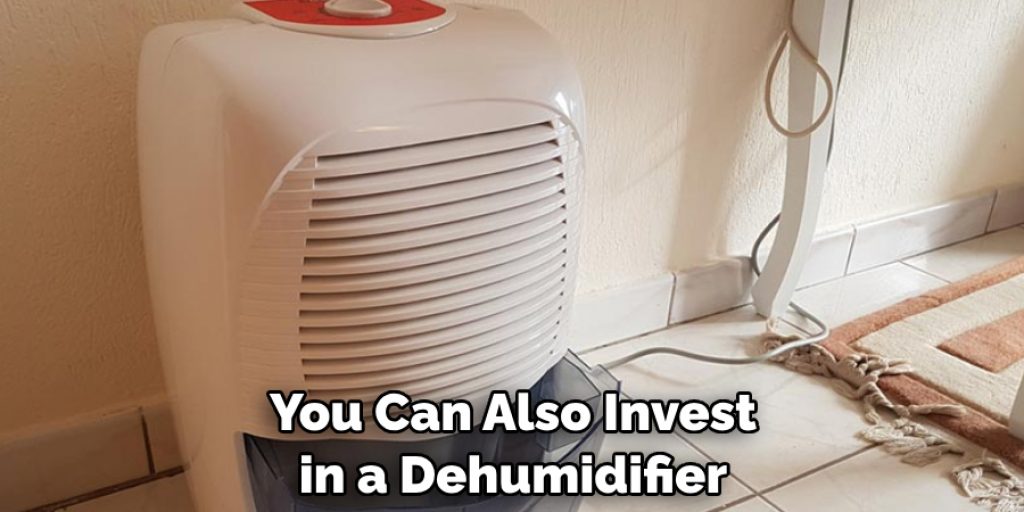
Step 4: Improve Ventilation
Proper ventilation is essential in preventing condensation on the ceiling. Make sure your home has adequate ventilation, especially in areas prone to high humidity levels. You can also open windows and doors to allow for better airflow.
Step 5: Insulate the Ceiling
Poor insulation is a major cause of condensation on ceilings. If your ceiling is not properly insulated, warm air from inside the house can come into contact with the cold surface of the ceiling, causing condensation. Consider adding insulation to prevent this from happening.
Step 6: Seal Gaps and Cracks
Any gaps or cracks in the ceiling can cause warm air to escape, leading to condensation. Seal these openings using caulk or weatherstripping. If you live in an area with high humidity levels, it may be necessary to use a dehumidifier regularly. This device helps remove excess moisture from the air, preventing condensation on the ceiling.
Step 7: Fix Leaks Immediately
Any leaks in your roof or plumbing should be fixed immediately to prevent further damage and reduce moisture levels in your home. Regular cleaning can also help prevent condensation on the ceiling. Wipe away any moisture or mold growth with a disinfectant cleaner. You can also use a mildew-resistant paint to prevent future growth.
A ceiling fan can help circulate air, preventing warm air from accumulating on the ceiling and causing condensation. By following these steps and maintaining proper ventilation and insulation, you can effectively prevent condensation from forming on your ceiling. Remember to regularly inspect and clean your ceiling to catch any issues early on.
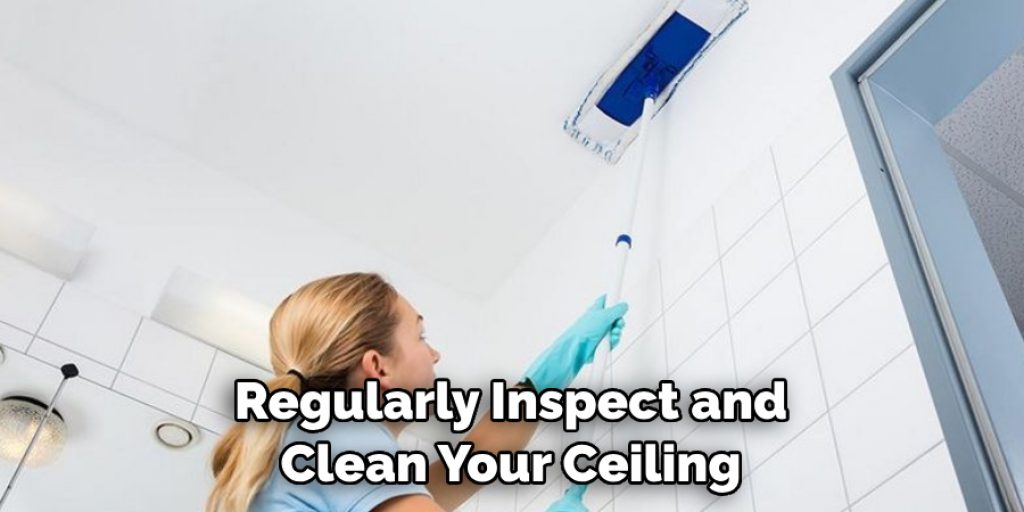
Tips for How to Stop Condensation on Ceiling
- Make sure that proper ventilation is installed in your home, especially in areas where humidity or moisture is an issue. This includes the bathroom, laundry room, and kitchen.
- Keep the temperature consistent throughout your home. Fluctuating temperatures can lead to condensation forming on ceilings and other surfaces.
- Check for any leaks or cracks in your roof or walls that could be allowing moisture to seep in. Fixing these issues can help prevent condensation from forming.
- Use exhaust fans while cooking or taking a shower to remove excess moisture from the air.
- Consider using a dehumidifier in areas where condensation tends to form, such as basements or attics.
- Make sure that your home’s insulation is properly installed and maintained. Proper insulation can help regulate the temperature and reduce moisture build-up.
- Keep an eye on your indoor plants. Over-watering or excessive misting can contribute to higher humidity levels in your home, which can lead to condensation on ceilings.
Preventing Ways to Stop Condensation on Ceiling
Condensation on ceilings can not only be unappealing to look at, but it can also lead to potential damage and health hazards. Here are a few additional tips that can help prevent condensation from forming on your ceiling:
- Use a hygrometer to measure the humidity levels in your home. Ideally, indoor humidity levels should be between 30-50%. If the levels are consistently above 50%, consider using a dehumidifier to reduce moisture in the air.
- Keep your windows and doors closed during humid days. This can help keep excess moisture from entering your home.
- Avoid drying clothes indoors, especially on rainy or humid days. Instead, use a dryer or hang clothes outside to prevent adding extra moisture into the air.
- Open windows and doors on sunny days to allow for proper ventilation and air circulation.
- Make sure that your gutters are clean and functioning properly. Clogged gutters can lead to water seeping into your home, causing excess moisture levels.
- If you have a humidifier in your home, make sure to keep it clean and well-maintained. A dirty or poorly maintained humidifier can lead to higher humidity levels.
- Check your windows for any cracks or gaps that could be allowing moisture to enter. Sealing these gaps can help keep the temperature and humidity levels in your home regulated.
By following these safety tips and taking preventive measures, you can effectively stop condensation from forming on your ceiling and maintain a healthy and comfortable living environment. Remember, proper ventilation and maintenance are key to preventing condensation and ensuring the safety of your home.
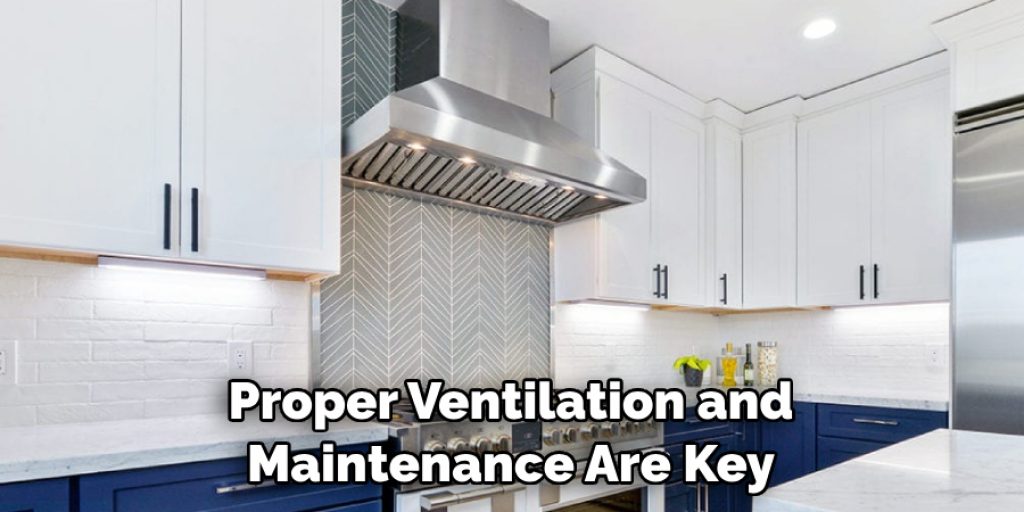
Are There Any DIY Methods to Stop Condensation on the Ceiling?
Condensation is a common issue that many homeowners face, especially in homes with poor ventilation. When warm, moist air comes into contact with a cold surface, such as your ceiling, it can cause condensation to form. This can lead to mold growth and other damage if left untreated. Fortunately, there are some simple DIY methods you can try to prevent or reduce condensation on your ceiling.
1. Improve Ventilation
As mentioned earlier, poor ventilation is often the root cause of condensation on ceilings. By increasing air circulation in your home, you can reduce the amount of warm, moist air that comes into contact with cold surfaces. You may want to consider installing an exhaust fan in your bathroom or kitchen to help remove excess moisture from these areas. Additionally, opening windows and using fans can also help improve ventilation in your home.
2. Insulate Your Ceiling
Adding insulation to your attic or crawl space can help prevent condensation on your ceiling. Insulation helps to keep warm air inside your home, which reduces the temperature difference between the outside and inside of your ceiling. This, in turn, can reduce the likelihood of condensation forming.
3. Use a Dehumidifier
If you live in an area with high humidity levels, using a dehumidifier can be an effective way to reduce moisture in the air. This can help prevent condensation from forming on your ceiling and other surfaces in your home. Just be sure to regularly empty and clean the dehumidifier to avoid mold growth.
4. Seal Air Leaks
If you have air leaks in your home, warm, moist air can enter and come into contact with cold surfaces, leading to condensation. Seal any gaps around doors and windows to prevent this from happening.

5. Use a Vapor Barrier
A vapor barrier is a layer of material that helps to control the amount of moisture that passes through it. You can install a vapor barrier on the warm side of your ceiling to prevent moisture from entering and causing condensation.
6. Monitor Indoor Humidity Levels
It’s essential to keep an eye on the humidity levels in your home, especially during cold weather when condensation is more likely to occur. You can use a hygrometer, which measures relative humidity levels, to determine if the air in your home is too moist. If it is, you may need to take additional steps, such as using a dehumidifier or improving ventilation, to reduce moisture levels.
By taking these simple steps, you can help protect your home from the damaging effects of condensation.
What Are Some Common Mistakes People Make When Trying to Stop Condensation on Their Ceiling?
Condensation on ceilings is a common problem that can lead to damage and mold growth if left untreated. While there are many solutions available for preventing condensation, it is important to know that some methods may not be effective or could even make the problem worse. In this section, we will discuss some common mistakes people make when trying to stop condensation on their ceiling.
1. Using a Dehumidifier
One of the most common mistakes people make when trying to stop condensation on their ceiling is relying solely on a dehumidifier. While a dehumidifier can help reduce moisture in the air, it may not be enough to completely eliminate condensation on ceilings.
This is because dehumidifiers only work within a specific area and may not be able to remove moisture from other parts of the room. Additionally, if the dehumidifier is not regularly maintained and cleaned, it can actually add more moisture to the air.
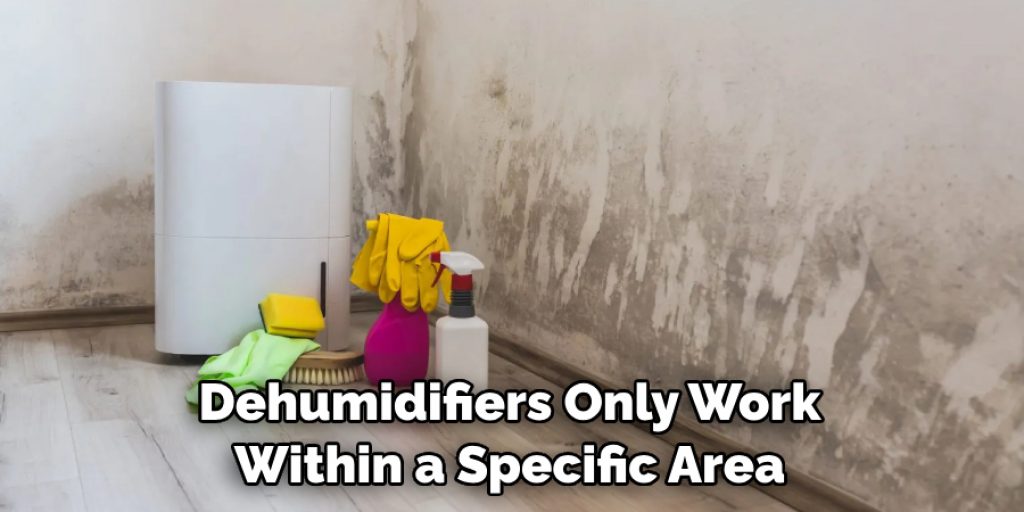
2. Not Addressing the Root Cause
Another mistake people make is not addressing the root cause of condensation on their ceiling. Condensation occurs when warm, moist air comes into contact with a cool surface, such as a ceiling.
This can be caused by poor ventilation, high humidity levels, or air leaks. While using products like dehumidifiers and moisture absorbers may help reduce the amount of condensation, it is important to identify and fix the root cause in order to fully prevent it from happening.
3. Ignoring Proper Ventilation
Proper ventilation is crucial in preventing condensation on ceilings. However, many people overlook this important step and do not properly ventilate their homes. This can be as simple as opening windows or using exhaust fans in areas prone to moisture, such as bathrooms and kitchens. Without proper ventilation, moist air can get trapped inside the house and lead to condensation issues.
4. Not Insulating the Ceiling
Insulation plays a significant role in controlling condensation on ceilings. Without proper insulation, warm air from inside the house can escape and come into contact with cold surfaces, leading to condensation. It is important to ensure that the ceiling is properly insulated to maintain a consistent temperature and reduce moisture buildup.
5. Using DIY Solutions
While there are many DIY solutions available for preventing condensation on ceilings, some may not be effective or could even cause more harm. For example, using plastic sheets to cover the ceiling or adding extra layers of paint may trap moisture and create an ideal environment for mold growth. It is best to consult a professional and use proper materials and methods for preventing condensation.

Conclusion
In conclusion, condensation on the ceiling is a common issue faced by many homeowners. It not only leads to unsightly water stains and mold growth, but it can also cause damage to the structural integrity of your home. However, there are several ways to prevent or minimize condensation on your ceiling.
Firstly, improving ventilation in your home is one of the most effective methods to reduce condensation. This can be done by installing exhaust fans in the kitchen and bathroom, opening windows for a few minutes each day, and using dehumidifiers in areas with high humidity levels.
Additionally, insulating your attic and ceiling can help prevent warm air from escaping and condensing on the ceiling. This is especially important during colder months when temperature differences between inside and outside of the house are greater. I hope reading this post has helped you learn how to stop condensation on ceiling.Make sure the safety precautions are carried out in the order listed.

